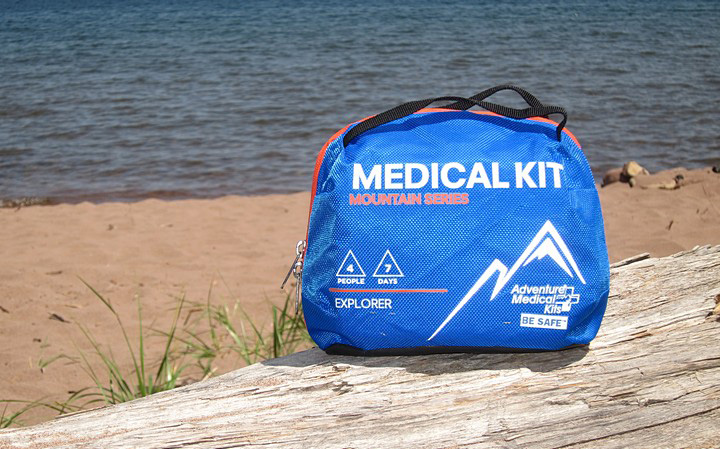Despite winter’s last-ditch efforts to keep hold of large parts of the U.S. and Canada, we’re finally getting close to spring. That means a lot more people will be getting outside and playing in the woods and on water.
We’d like to remind everyone that this is a good time to restock their first-aid kits (particularly when looking at out-of-date medications), or update an older kit to a newer unit. You don’t want to open your old kit in the middle of a wilderness emergency and find that the medication is crumbling or the medical gloves are so old that they either easily tear or have become fused into an unusable lump.
If you’re thinking of upgrading your kit, we can share one important tip. A common marketing practice for lesser quality kits is to sell solely by the number of pieces. Consequently, someone will offer a 500-piece kit for $20, as an example, but a 1,000-piece kit for $30. It’s a better deal to get the $30 kit then, because you’re getting twice as much for just $10 more, right? Not necessarily. Because you could end up with 500 additional small bandages that you’ll never use.
So when purchasing a kit, be sure to look for a variety of components that can help in different circumstances. And if the kit doesn’t include a list of items or detailed photos of its contents, look elsewhere!
We’re not in the business of endorsing products, but we’re happy to tell you what we use and like. When we’re out playing, we always take along an “Explorer” model by Adventure Medical Kits. This particular bag is listed as being ideal for four people on a seven-day trip.
One of the things that I appreciate about Adventure Medical Kit products is that they are specifically set up for outdoors enthusiasts, and a long way from the basic “car kit” that so many people have in their trunk. The company uses quality materials and includes a variety of items so you’ll be covered in numerous emergency situations.
Another thing I like about the “Explorer” kit that we use is the way it’s organized. In an emergency situation, time is critical so the organization of a kit is truly important. The various categories of materials are put into individual pockets and described there, so you don’t have to spend a lot of time sorting through items to find what you need. The Adventure Medical “Explorer” kit has items broken out by categories like “Wound Care,” “Medication,” “Cuts and Scrapes,” and “Stop Bleeding Fast.” It’s a great idea – and a really helpful system.


